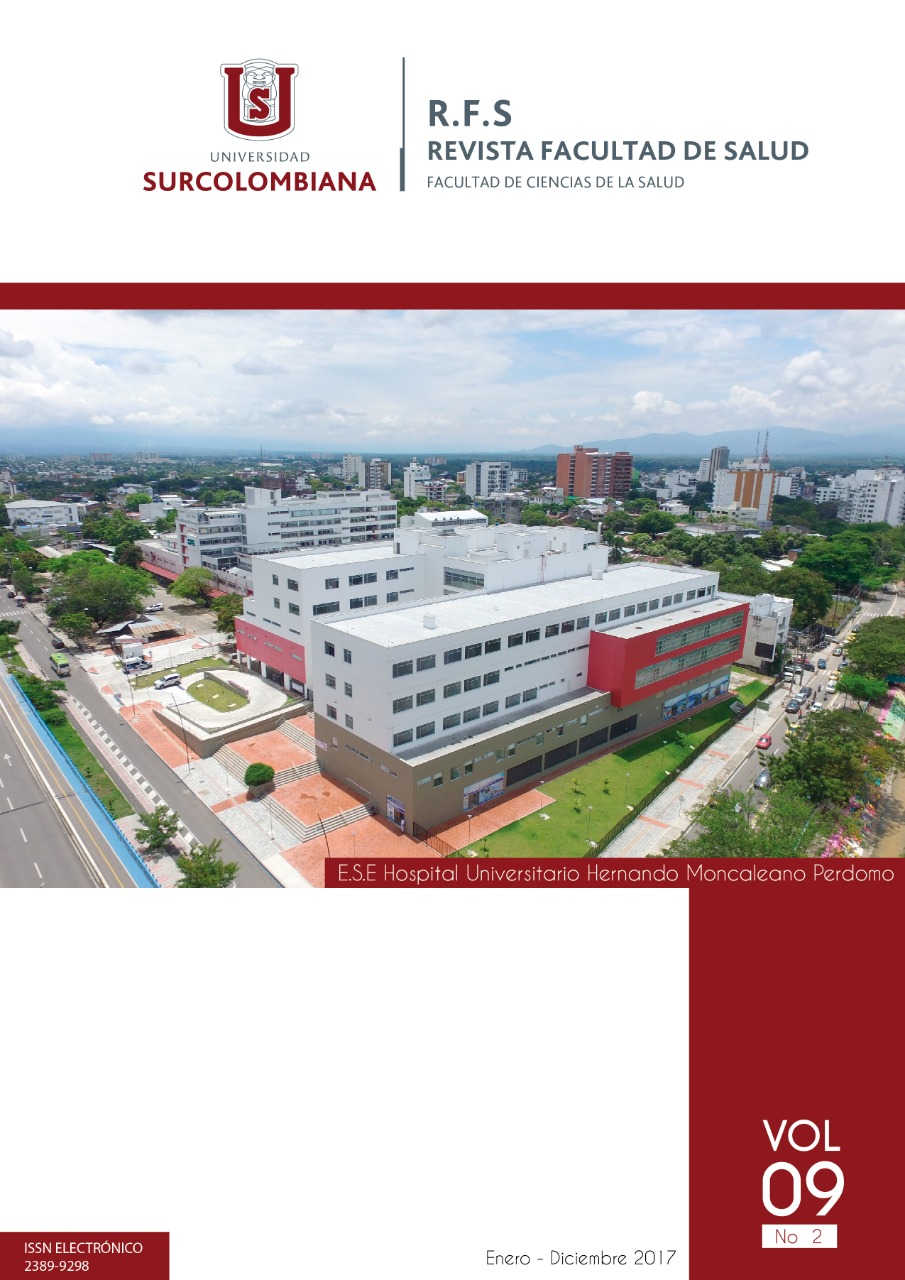Conocimientos y prácticas de prevención del dengue en dos barrios de Neiva - Huila
##plugins.themes.bootstrap3.article.main##
Dengue is an acute viral disease, transmitted by the bite of the mosquito Aedes aegypti, which is the most important arbovirus
worldwide in terms of morbidity and mortality. Currently, the most appropriate way to prevent transmission is directly related to
community prevention practices.
The objective was to identify the knowledge and practices on dengue prevention and control in inhabitants of two neighborhoods
in the municipality of Neiva (Huila). A descriptive, cross-sectional study was carried out in the period February-March 2014. The
sample was 266 adults, using probabilistic cluster sampling, in two stages. The information was collected through a self-directed
survey of knowledge and practices about dengue prevention, after signing the informed consent.
The results showed the majority participation of women in 71.8%, the average age was 38 years. 67% recognize the name of the
dengue vector but were unclear about its physical characteristics. 8 out of 10 respondents correctly recognized the transmission
mechanism and 94% stated that fever is a key symptom of Dengue. 25% did not carry out the disinfection of the pool according
to the recommendations and 20% presented potential breeding sites at home.
Conclusion: knowledge about the main characteristics of the Dengue vector is scarce; likewise, they refer to inappropriate
practices that favor mosquito breeding sites, which coincide with the endemic situation of the city.





